
1885 - 1953
Vladimir Tatlin

description
A Ukrainian artist and graphic artist, designer and set designer, who worked for a considerable time in Moscow. V. Tatlin was the founder of the Art Constructivism and the largest representative of the innovative movement in the art of the 20th century. The symbol of this art movement is the “Tatlin’s Tower”, developed by the innovator in 1919.
The bearing structures placed outside are an important symbol of the world avant-garde; the entire appearance of the building, which was supposed to be the highest in the world at that time, is a kind of calling card of Constructivism itself. The main functional space of the conference tower was three glass blocks – a cube, a cylinder, and a cone, which rotated, measuring with its turns a year, a month, and a day, respectively. Not implemented as a building, the construction has been astonishing people for a century: having started its world fame with the International Exhibition in Paris in 1925, it was reproduced hundreds of times and in various variations (for example, in the Georges Pompidou Center in 1979).
V. Tatlin, as the leader of the Russian plastic avant-garde, inspired many artists who worked in his studio, promoting non-objective art in life. He was also a professor at the Kiev and Moscow Higher Art Schools, where he conducted such innovative courses as theatre, film and photo art.
The “counter-reliefs” of the artist, who refused from easel painting for some time, opened the era of Constructivism a bit later than Suprematism of his friend and enemy Malevich emerged, and earlier than plane geometric painting began to be practised.
The artist collaborated with the director of “Berezil”, Les Kurbas, was one of the founders of the Ukrainian children’s theatre.
Key ideas:
– Large and rhythmically coordinated planes are characteristic of Tatlin’s early painting. At the same time, the influence of the traditions of icon painting technique is clearly visible. It also influenced the choice of the palette – a combination of blue and ocher-red flowers.
– Having been in the workshop of Picasso, Tatlin who hid his name and occupation from the great Cubist was inspired with the ideas of building three-dimensional relief compositions and, according to experts, surpassed his teacher in this genre.
– A significant part of mature works characterizes the desire of their author to abolish the representative function of art and apply it for new, more practical purposes. This is often dictated by the attempts to put art at the service of the revolution, and also to express the dynamic 20th century. The artist went from modernist experiments to the practical design up to the creation of the models of simple and comfortable clothes for Soviet citizens.
– Serving the real world of the century dictated the use of such materials as glass, iron, wire, and so on in counter-relief compositions. Voluminous compositions usually were objectless and had to be the embodiment of the epoch itself. Despite the fact that the later generation of artists who gave their art to advertising and propaganda of the government achieved it, Tatlin’s paintings are an important early stage in such transformations of the role and purpose of art.
– Performing as a stage designer, Tatlin gave his version of the constructivist theatre in the spectacle based on Khlebnikov’s book “Zangezi” in collaboration with L. Kurbas and his group “Berezil”.
– In the late period, the artist accused of formalism painted still-lifes (mostly flowers), portraits of simple people in an expressionistic manner.
1885
1896
1902
1905
1910
1912
1913
1915
1920
1923
1925
1932
1938
1953
The birth of the artist
Entered the Kharkiv Real School
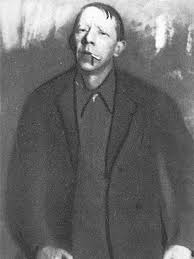
Studied at the Moscow School of Painting, Sculpture and Architecture

Entered the Penza Art School
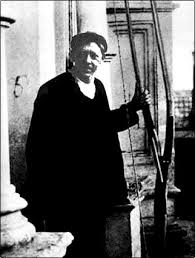
He was engaged in the Moscow studio of A. Morgunov

Organized his own studio
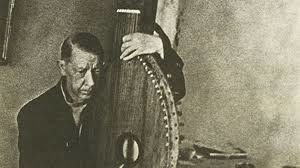
As a bandura singer, he accompanied an exhibition of handicrafts in Berlin

«0,10»

Tatlin Tower

“Zangezi”
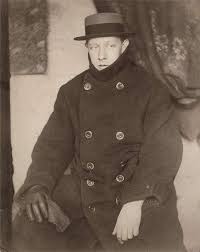
The model of the Tatlin Tower was sent to the World Art Exhibition in Paris
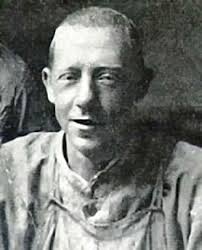
The only lifetime personal exhibition of the artist was organized
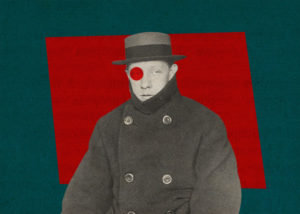
Tatlin’s sketches and already made panels for the All-Union Exhibition were destroyed
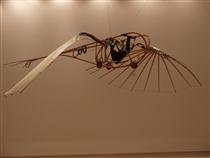
The death of the artist
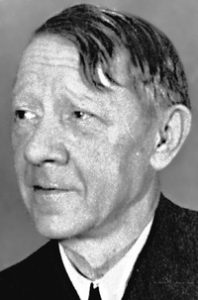
Vladimir Tatlin
On Artist
flow
Primitivism
Futurism
Minimalism
Cubism
Constructivism
friends
Mikhail Larionov
Alexey Morgunov
Victor Nikandrovich Palmov
Alexander Veniaminovich Khvostenko-Khvostov
Vadim Georgievich Meller
artists
Ilya Mashkov
Kazimir Malevich
Pablo Picasso
Umberto Boccioni
By Artist
flow
Constructivism
friends
Natalya Goncharova
Lyubov Popova
artists
Nadezhda Udaltsova
Robert Falk
Joseph Yulievich Karakis
Alexander Mikhailovich Rodchenko
Dan Flavin
